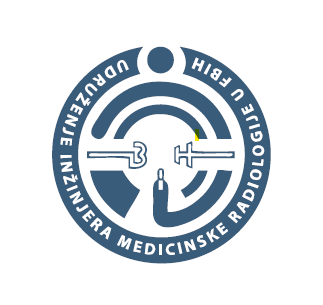The role of hybrid positron computed emission tomography in evaluation of metastatic activity in breast cancer
Uloga hibridnog sistema pozitronske emisione kompjuterizirane tomografije u procjeni metastatske aktivnosti kod karcinoma dojke
DOI:
https://doi.org/10.48026/isnn.26373297.2020.11.1.6Keywords:
PET, CT, PET/CT, breast cancer, metastatic breast cancer, 18F-FDG, bone scintigraphy, karcinom dojke, metastatski karcinom dojke, scintigrafija kostijuAbstract
Introduction: Among the female population, breast cancer is the most commonly diagnosed cancer in the world, and nearly half of women population with breast cancer develop metastatic disease during their lifetime. Breast cancer most often metastazises to the lungs, liver, bones, brain and lymph nodes. 18F-FDG PET/CT can detect metastases that are not visible in other imaging modalities, and with the newly discovered lesions, decision about adequate treatment option can be evaluated.
Material and methods: The examination was conducted as a retrospective descriptive study in May and June of 2019 at the Clinic for Nuclear Medicine and Endocrinology of the University Clinical Center in Sarajevo. It included 100 female patients with the age structure of 33-79 years. The patient's reference diagnosis is breast cancer, with a suspected finding of metastatic activity. A comparison of the sensitivity and specificity of the breast imaging between PET/CT, CT and bone scintigraphy was performed.
Results: PET/CT revealed significantly more positive findings on metastatic activity than other diagnostic imaging modalities, with Mann-Whitney test value of p = 0.01014. In the diagnosis of lungs and liver lesions, PET/CT sensitivity and specificity are 92.59% and 85.37%, respectively, while the statistical parameters for CT are 77.78% for sensitivity and 90.24% for specificity. The PET/CT sensitivity and specificity for bone lesions are 93.55% and 88.89%, respectively, compared to 78.57% and 100% for bone scintigraphy.
Conclusion: Hybrid imaging technique, which integrates PET and CT imaging methods, has considerable advantages over other diagnostic methods in the detection of distant metastases, and based on obtained results, PET/CT may be method of choice in evaluation of metastatic activity in breast cancer.

Downloads
Published
How to Cite
Issue
Section
License
Copyright (c) 2020 Omar Bataine, Sandra Vegar - Zubović, Fuad Julardžija, Jasmina Bajrović, Nusret Salkica

This work is licensed under a Creative Commons Attribution 4.0 International License.
Copyright & licensing:
This journal provides immediate open access to its content under the Creative Commons CC BY 4.0 license. Authors who publish with this journal retain all copyrights and agree to the terms of the above-mentioned CC license.



